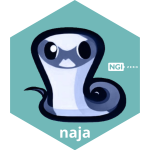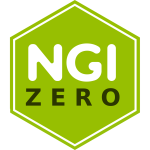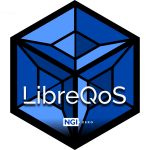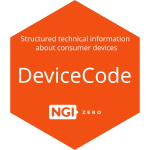
Democratizing Chip Design - Naja
“Open source EDA (Electronic Design Automation) can be a game changer when it comes to building a more resilient and accessible chip ecosystem”, says Christophe Alexandre. Together with Noam Cohen he created Naja, an open source EDA tool. The semiconductor industry is highly complex and globally interconnected, which makes it fragile. Open source can contribute to resiliency in what traditionally has been a closed field. Christophe: “Open source EDA tools make it easier for newcomers to get started by providing solid, accessible foundations that don’t require massive initial investment or deep legacy knowledge, and it can bridge chip design with other fast moving fields like machine learning and AI. It can accelerate the creation of a local semiconductor ecosystem by breaking down the traditional barriers and opening up innovation. So trying to grow a new EDA ecosystem in Europe just by using the old closed and behind the gates model just doesn’t seem realistic anymore. If we want to build something resilient, open source needs to be a core part of the strategy.” Links Naja Naja Github Naja Pyhton Naja documentation NGI Zero projects Naja Naja-DNL Learn more about Naja: Christophe at FOSDEM 25 about Naja Python Other projects and topics mentioned Yosys Coriolis OpenROAD Klayout IHP Open source PDK TinyTapeout


